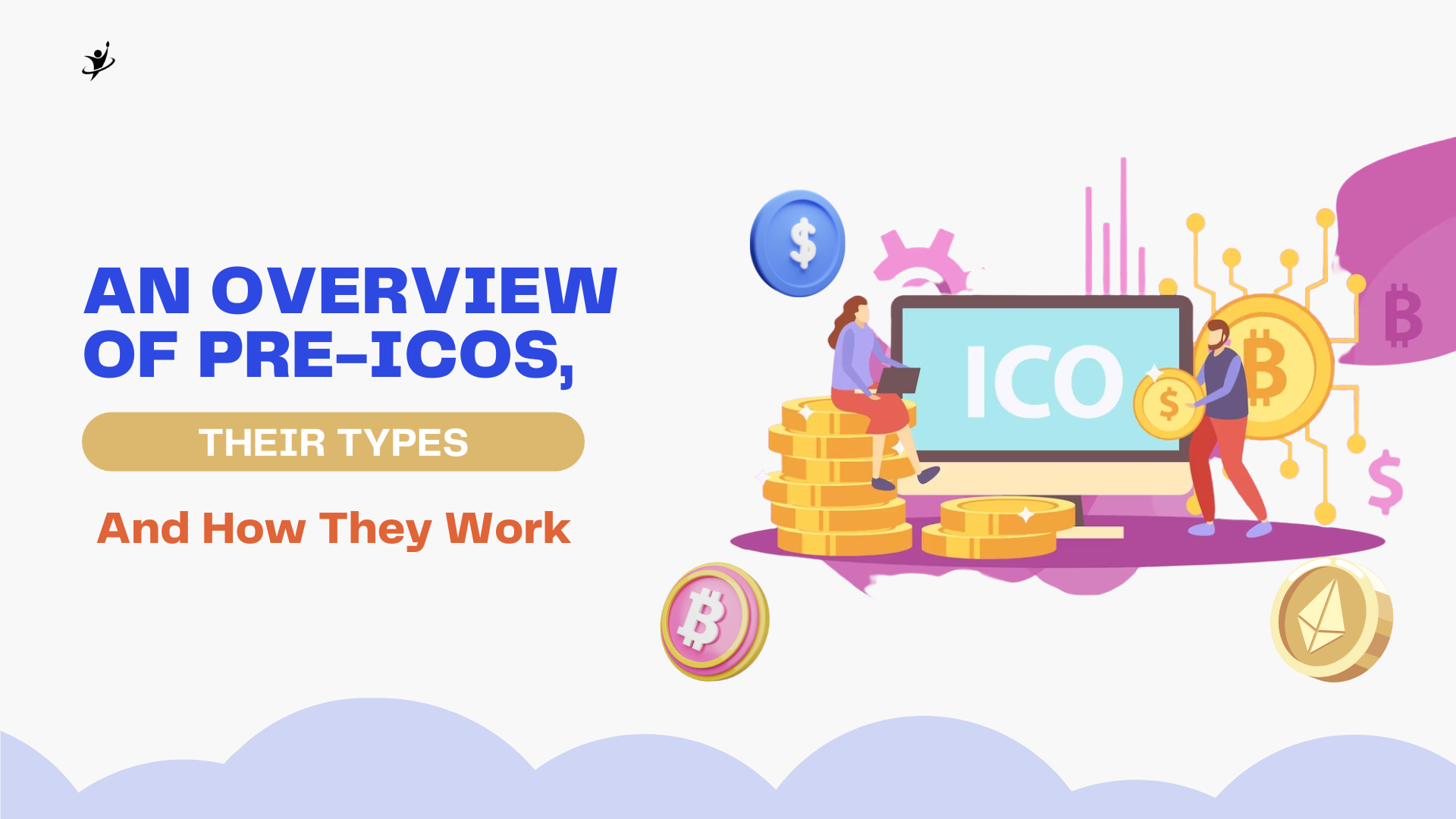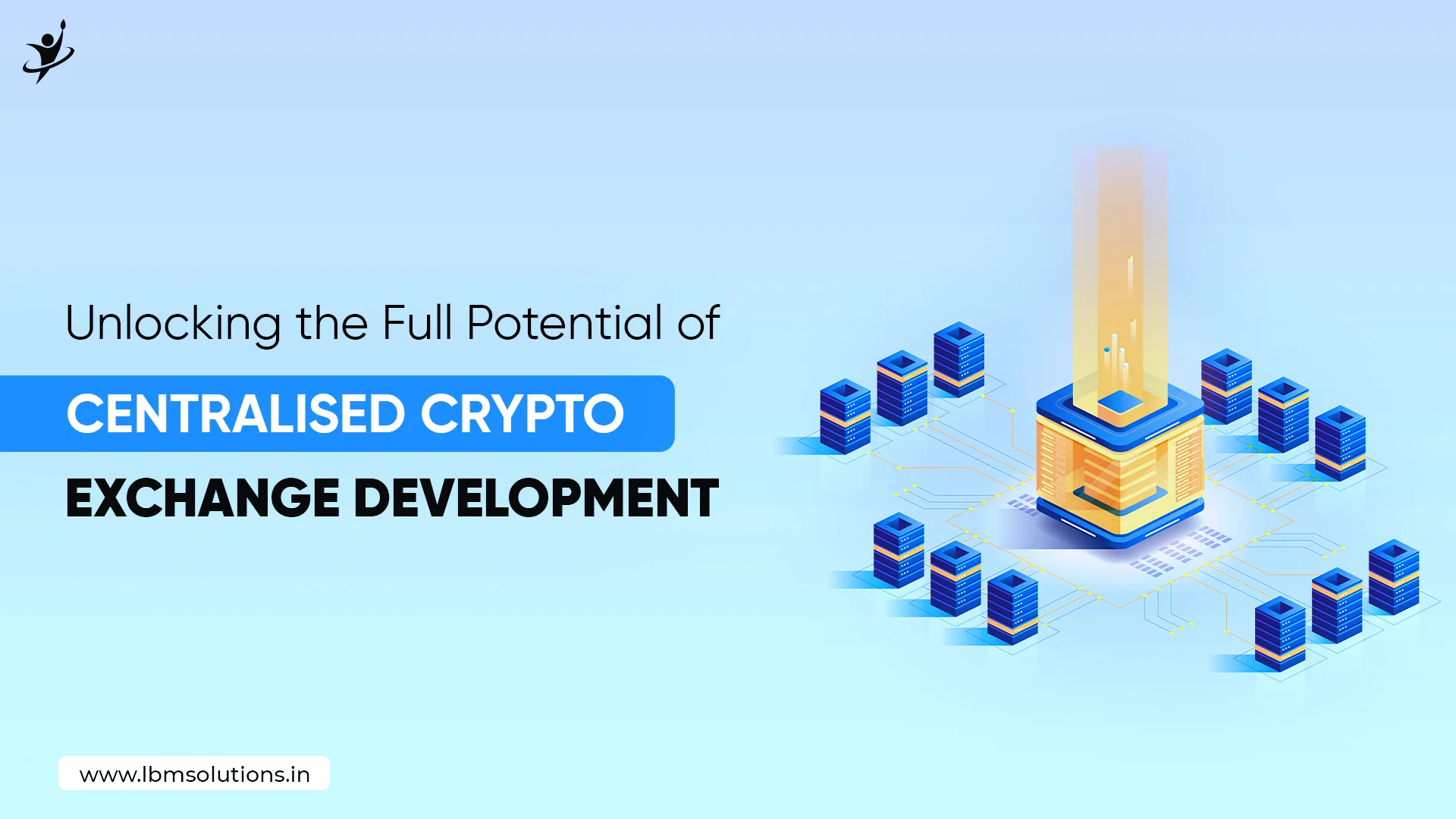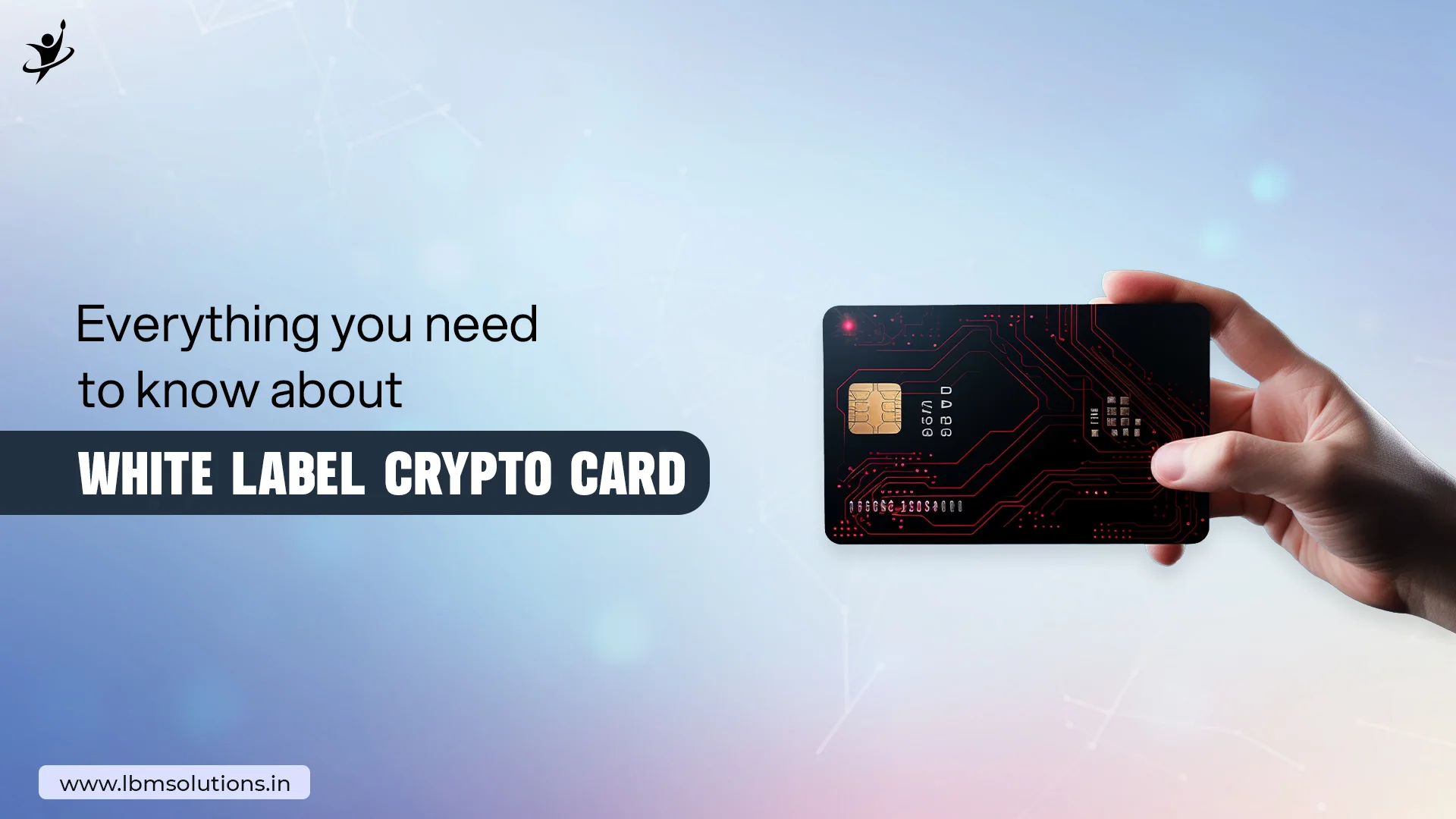Pre-ICO, also known as pre-initial coin offering, is a term used to describe the early stage of a cryptocurrency project’s fundraising process. According to the experts at a legit ICO development company, it’s a way for startups to raise funds for their projects before launching a full-fledged ICO. The main goal of pre-ICO is to generate a buzz and interest in the project, which will then be used to attract more investors to the main ICO.
Types of Pre-ICOs
There are several types of pre-ICOs, each with its own set of benefits and drawbacks. The most common types include:
1. Private Pre-ICO: This type of pre-ICO is intended for a small group of investors who are close to the project team. The goal is to raise a small number of funds and receive feedback from the investors before launching the main ICO.
2. Public Pre-ICO: This type of pre-ICO is intended for a larger group of investors who are not necessarily connected to the project team. Experts at a leading ICO development company, the goal is to generate interest and build a community around the project.
3. Token Presale: This type of pre-ICO is similar to a public pre-ICO, but it’s focused on selling tokens at a discounted price to early investors. The goal is to raise funds and create demand for the tokens that will be sold during the main ICO.
How Does Pre-ICO Work?
Pre-ICO works similarly to a traditional ICO, with a few key differences. Here’s how it works:
1. Project Preparation: The first step in a pre-ICO is for the project team to prepare all the necessary materials, including the whitepaper, website, and marketing plan.
2. Token Sale: Once the preparation is complete, the project team will start selling tokens to investors, says professionals at a reliable ICO development company. The tokens sold during the pre-ICO are typically offered at a discounted price compared to the price during the main ICO.
3. Use of Funds: The funds raised during the pre-ICO are typically used to further develop the project and build momentum for the main ICO. The funds can also be used to pay for marketing and other expenses related to the launch of the main ICO.
4. Main ICO: After the pre-ICO is complete, the project team will launch the main ICO, says experts at a leading ICO development company. This is where the bulk of the fundraising will occur, and the goal is to raise a significant amount of funds to bring the project to market.
Benefits of Pre-ICO
There are several benefits to participating in a pre-ICO, including:
1. Early Access to Tokens: By participating in a pre-ICO, investors can gain early access to the tokens that will be sold during the main ICO. This can be a significant advantage, as the tokens may be offered at a discounted price compared to the main ICO.
2. Increased Demand for Tokens: By participating in a pre-ICO, investors can help create demand for the tokens that will be sold during the main ICO. This can lead to a higher price for the tokens once they’re listed on exchanges.
3. Higher Return on Investment: If the project is successful, investors who participate in the pre-ICO may see a higher return on their investment compared to those who invest during the main ICO.
4. Access to the Project Team: By participating in a pre-ICO, investors may have the opportunity to interact with the project team and provide feedback on the project, say experts at a legit ICO development company. This can be valuable for investors who want to be closely involved with the project and its development.
Drawbacks of Pre-ICO
1. Limited audience: Pre-ICOs typically have a limited pool of investors and a smaller budget, which can limit the potential reach and impact of the campaign.
2. Legal complexity: Due to the regulatory ambiguity surrounding pre-ICOs, the process can be legally complex and involve high fees for legal and accounting services.
3. Lack of transparency: Pre-ICOs may have less transparency and disclosure compared to main ICOs, which can be a concern for potential investors.
4. Higher risk: Pre-ICOs are often earlier-stage investments and carry a higher level of risk compared to main ICOs or established cryptocurrencies.
5. Competition for attention: With the increase in the number of ICOs, pre-ICOs face stiff competition for attention from potential investors, which can make it challenging to secure funding.
6. Unclear valuations: Pre-ICO valuations can be difficult to determine, as there is often limited information available about the project and its prospects.
In conclusion, pre-ICOs are a useful tool for blockchain projects to raise funds and build a community of early supporters. By offering tokens at a discounted price, projects can incentivize early investment and generate excitement around the project, according to the professionals at a legit ICO development company. However, it is important for investors to thoroughly research and understand the risks associated with any investment, including pre-ICOs.








































